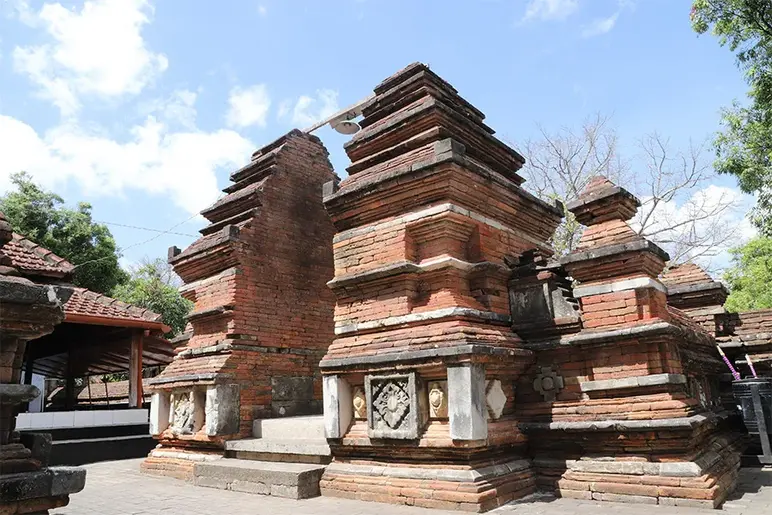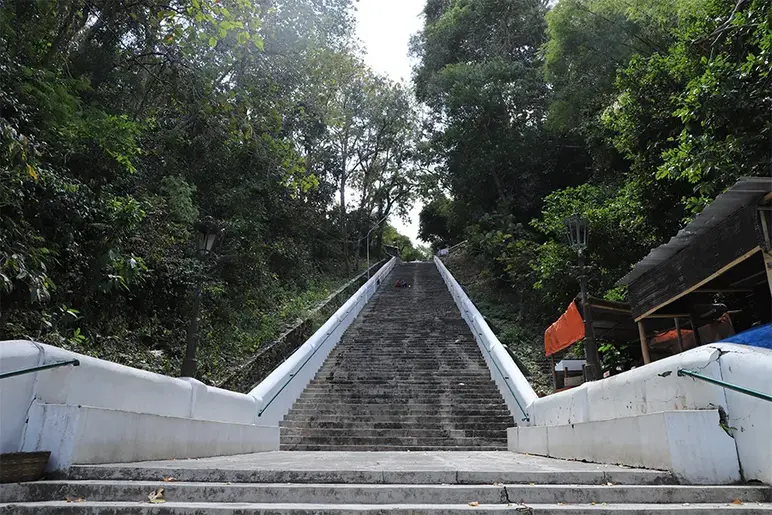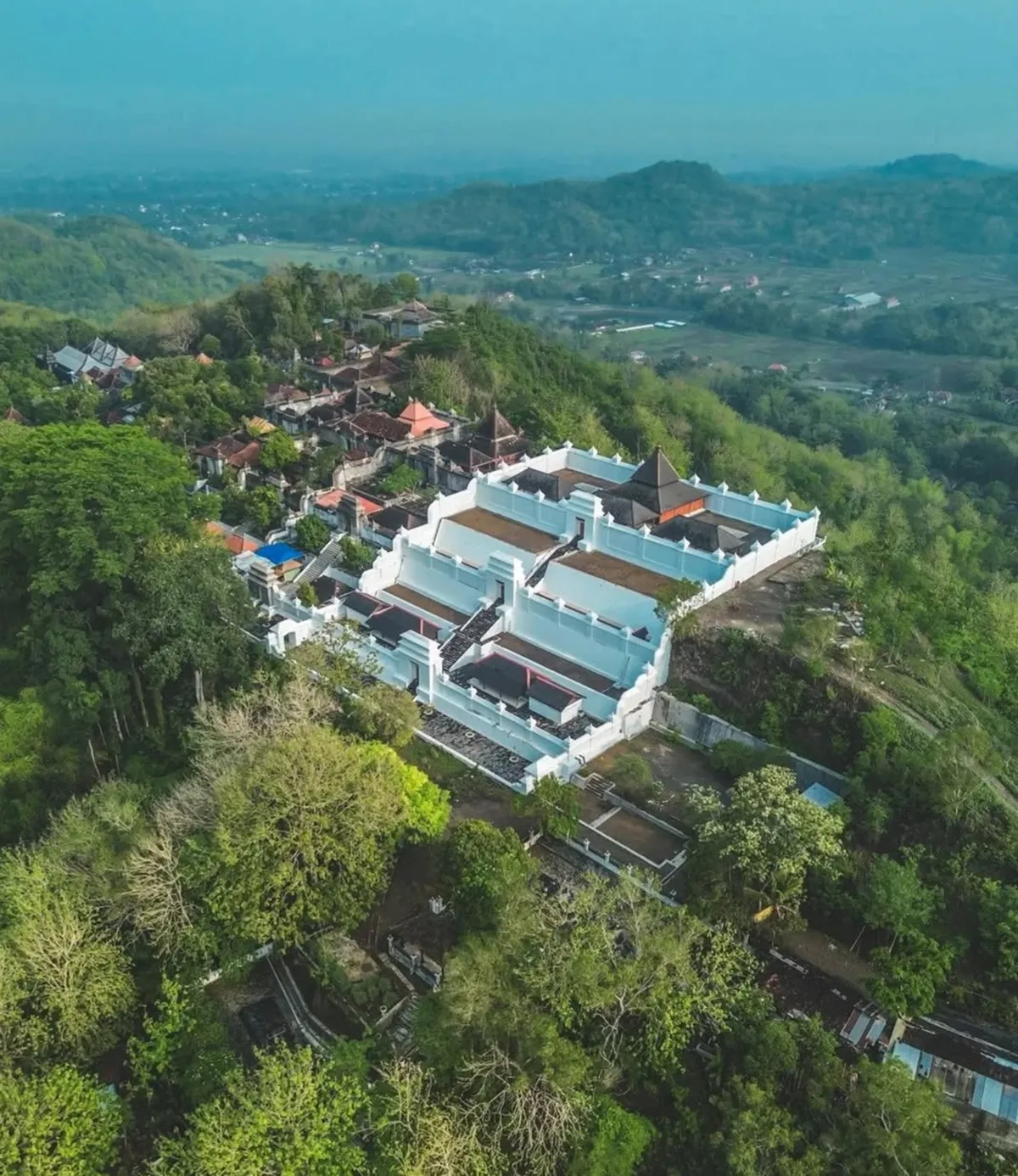Imogiri Cemetery is the final resting place of the Mataram kings and their families. This cemetery complex is located approximately 16 kilometers south of the Yogyakarta Palace, precisely in Girirejo and Wukirsari Villages, Imogiri District, Bantul Regency.
Imogiri Cemetery was built in 1632, during the reign of Sultan Agung Hanyakrakusuma. Kiai Tumenggung Citrokusumo led the construction of this cemetery complex.
The architecture of the Imogiri cemetery is a blend of Hindu and Islamic styles. The red brick that dominates the upper area of the tomb is a key characteristic of 17th-century Javanese Islamic architecture.

The location of the Imogiri cemetery on a hill is inseparable from the concept of pre-Hindu Javanese society, which viewed hills or high places as sacred, where the spirits of ancestors are believed to reside. In Hindu beliefs, higher elevations are considered to equate to a person's higher status.
The location atop this hill also means that the path to the Imogiri cemetery has hundreds of steps. The steps are kept short to make it easier for pilgrims, who are required to wear traditional attire, to visit the tombs. This rule of wearing traditional attire still applies today in certain areas of the Imogiri cemetery complex.

The first king to be buried at the Imogiri cemetery was Sultan Agung Hanyakrakusuma. The cemetery was then used by his successors, even when the Mataram Kingdom was divided into the Yogyakarta Sultanate and the Surakarta Sunanate, which also divided the cemetery area.
In 1755, immediately following the Treaty of Giyanti, which divided the Mataram Kingdom, there were some differences in territorial boundaries. However, this did not change the status of the Imogiri Cemetery Complex as a Sacred Treasure of both kingdoms, so both the Yogyakarta Sultanate and the Surakarta Sunanate have equal rights and obligations in maintaining the cemetery complex.
Perched on the hilltop for hundreds of years, the Imogiri cemetery has witnessed the glory and ups and downs of Mataram and its successor kingdoms. Although the capital city moved many times and the kingdom was divided, the kings of the past always returned to the same final resting place.
Now, on certain days, visitors can enter the Imogiri cemetery and offer prayers before the graves of their ancestors, dressed in traditional attire. Male visitors are required to wear a beskap complete with a jarik, belt, timang, samir, and blangkon, while female visitors must wear a kemben and jarik, all of which can be rented at the cemetery complex.



 Annissa Wulan
Annissa Wulan
 Oct 28, 2025
Oct 28, 2025